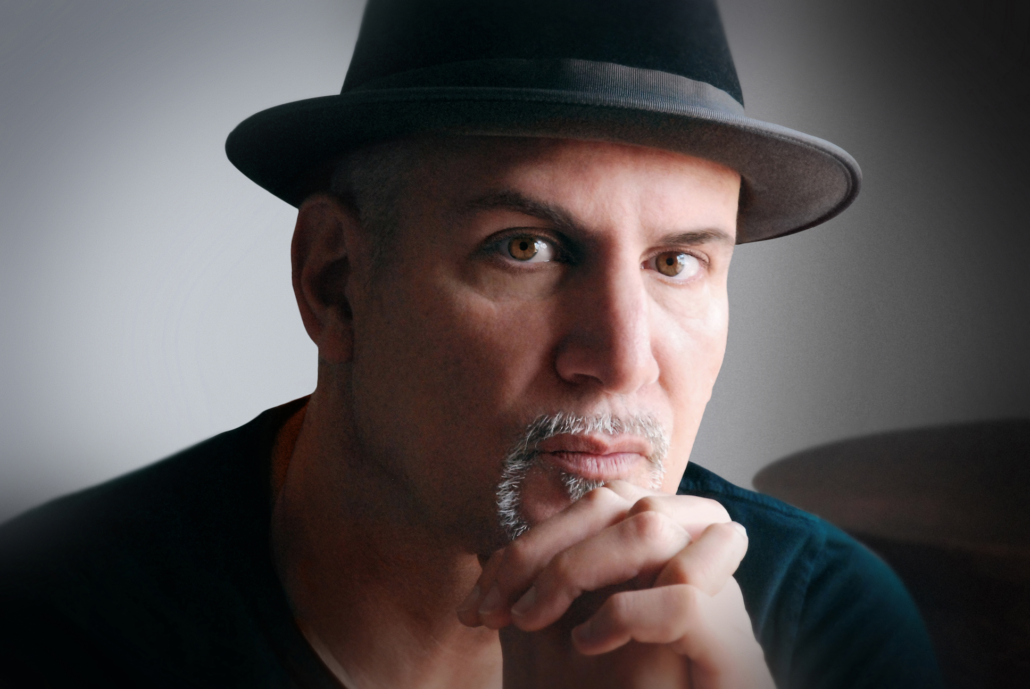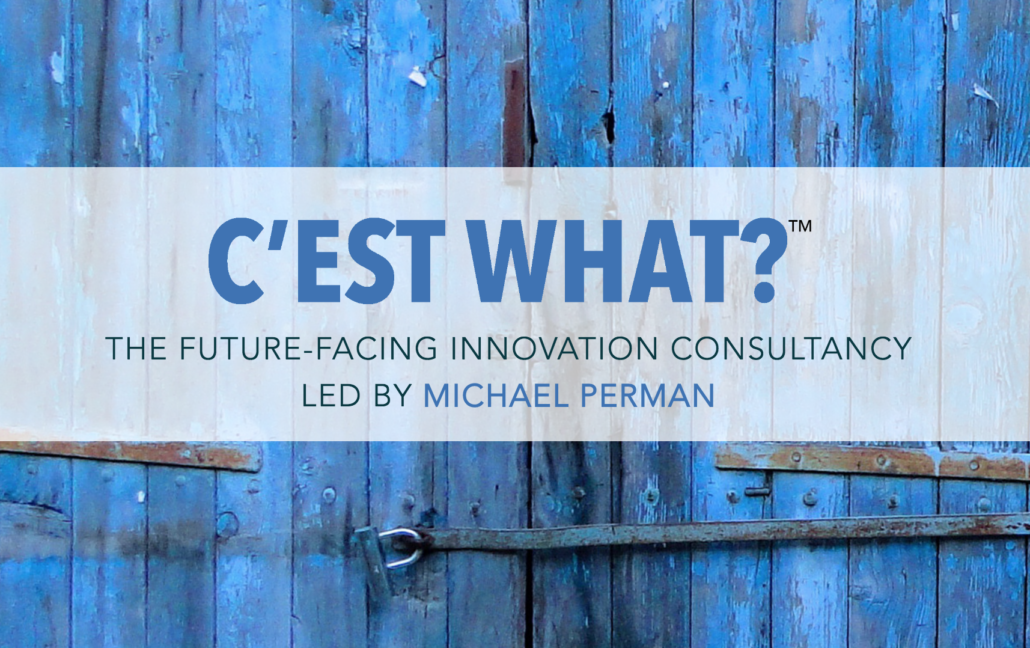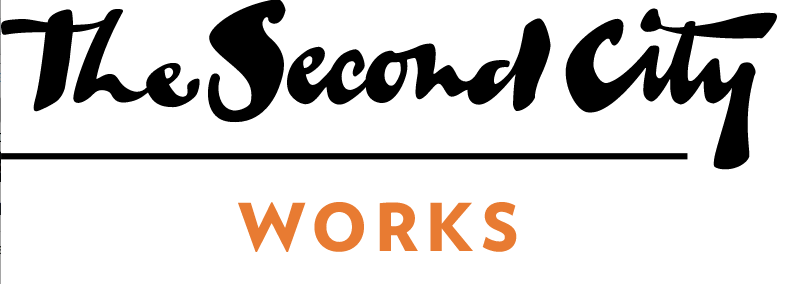Conversation(s) with Peter Himmelman
Question: Who is Marv? What is an Elephant Rope? How do I "get going" with a new idea? What makes Big Muse unique? I thought you were a musician...? How can I overcome my roadblocks to creativity?

Who is Marv and why is he such a key figure in Let Me Out?
Aside from his being a particularly handsome guy, it’s Marv’s nature that makes him such an important character in Let Me Out. Marv is the name I’ve given to the voice of fear that resides in each of us. His name is also an acronym for: Majorly Afraid of Revealing Vulnerability. Unlike books that offer techniques to eliminate the negative internal voice, what I’m positing is something different; Marv and his withering chatter about why we shouldn’t try something we’re not already expert at, is in fact, a life-saving signal of danger from the amygdala, otherwise known as the emotional brain. As such, we shouldn’t seek to eliminate Marv; we should value him for his good (if sometimes highly annoying) efforts.
Whether the amygdala senses danger from actual physical threats, or perceived psychological ones, Marv’s protective warning remains the same: “Stay away!” In other words, if there were a rabid Puma about to pounce on you, Marv, (i.e. the amygdala) becomes the lifesaver that sends adrenaline coursing through your bloodstream. On the other hand, when it comes time to start the first page of that book you’ve always wanted to write, Marv becomes the saboteur that tells you all the ways you could screw up for even trying. What you need at that moment is a method of telling Marv to grab a latte, sit back, and chill.
What makes the Big Muse philosophy so unique from any other self-help methods?
My approach is both realistic and practical. I never claim that by reading Let Me Out you will fundamentally eliminate your internal critic, nor do I claim that you will miraculously become a fear-free creative person. You won’t. But by using some, or all of the seventeen different Brain Bottle Openers in my book, you can learn how to give yourself pockets of Marv-free time, time when your ideas can predominate over your fears. It is through the accumulation of the small accomplishments you achieve in these Marv-free moments, that any goal can be realized.
Can you tell us a bit about your trajectory from Grammy and Emmy nominated musician to founder of Big Muse and what that transition was like?
Like any real transition, mine was painful. A few years back, three of my kids, and soon after, a fourth, started applying for colleges. This costly prospect was happening as the music business continued its downward spiral into disruption. For those of you wondering what I mean by ‘disruption’, I explain it like this: I have a cousin from Chicago, a diamond dealer, who recently asked me what was happening in the music business. By way of metaphor I told him to imagine himself cupping his hands under his computer and watching as every diamond he was trying to sell, fell instantly into his hands (and everyone else’s) for free.
The Internet brought on a change that made me have to rethink many of the things I’d been doing over the last thirty-plus years. There was a feeling of pushed out of something I’d worked so hard at, and been so successful at. I began to see that many people were experiencing this same feeling, students just out of college, skilled workers whose jobs are being increasingly mechanized, stalwart industries being overtaken by start-ups, and people from all walks of life who never saw themselves as creative, now wanting to take part in the joy of bringing the fruits of their imagination into reality. In so many areas of life I saw that people were being faced with the challenge of reinventing themselves —just as I had been. It was for this reason that I began thinking about taking the unique skills I had acquired as a professional musician, to help others in the midst of their own creative reawakening.
What is an elephant rope?
In India, elephant handlers train baby elephants to be submissive by chaining them to a post. The baby elephants fight with all their will to break free. Day in and day out they try, but eventually they just give up. When they become adults they no longer need chains to tie them in place; just a thin rope will do. Of course an adult elephant, with its tremendous strength, is perfectly capable of breaking the rope, but since its experiences as a baby have convinced it otherwise, it never tries. This is how some circus trainers keep elephants captive.
In many ways we’re not much different from those elephants. Our own painful past experiences are capable of limiting us in a similar fashion, and I feel it’s helpful to take a look at some of the ropes each of us has tied around our own ankles. Because our obeisance to fear is such a profound obstacle in limiting our creativity, being aware of what these Elephant Ropes look and feel like is an important key to unlocking our creativity. The more we know about the early (and often innocent) roots of our own fears, the less ground Marv has to stand on and the less convincing his arguments will be.
What is the first step in moving from the mulling-over-ideas phase to the active doing phase?
In Let Me Out I present three building blocks to bringing ideas to life. They are: specific, present and true. It makes absolutely no difference if your idea is complex: (starting a business, for example), or simple: (beginning a difficult conversation), the three building blocks are always the same. Since you asked about getting started, let’s focus on the first of the building blocks— specific. By breaking down your idea, and the tasks associated with your idea, into smaller and smaller parts, you will eventually get to the one step that makes it easy to actually begin, rather than ruminate. For example, I’d long wanted to feel what it was like to fly a plane. For many reasons that goal was something I kept putting off. But one day I sat down at my desk and did a Google search for test flight times near my home in Santa Monica. By doing that simple action, I’d found something that while incredibly small in terms of my over-all goal, turned out to be the key that connected my idea to the real world. It wasn’t long after that I found myself helping to pilot a Cessna 172 Skyhawk over the San Fernando Valley.
What are some common but unexpected roadblocks to creativity and how do you help your readers overcome these obstacles?
We have two contradictory needs, one for novelty, and the other for ease. But creativity demands that we let go of the need to do only the things that come easy. To create, we must become resilient enough to endure the shame of failure. As children we were far more comfortable with not being seen as “good” at something. It was expected that we wouldn’t hit a fastball, or write an excellent poem on our first try. I call this ease with exploring possibilities, Kid-Thinking. Most adults however, avoid looking like beginners at all cost. When we become more desirous of looking a certain way, than we are of engaging in the joy of learning and experiencing new things, we hit a common roadblock on the path to our own creativity called Stuck-Thinking.
One of the tools I use to overcome Stuck-Thinking is time-compression. As an example, if there’s something I need to write but don’t feel the least bit inspired, I will set the timer on my Smartphone for three minutes. This gets me over the obstacle of Stuck-Thinking because even if what I’m writing turns out to be terrible, I figure I can deal with the ignominy for three-minutes. Typically though, when the three minutes are up, I find that I’m aloft, doing what just moments before I believed I couldn’t do. One other thing I do quite often is to write about my goal in its completed form. I call this intense form of imagining, FutureVision. I write about my goal in great detail in order to visualize it, to see it fully formed in my mind’s eye. By doing this I create a counterweight to the fear that I have of beginning my goal.







